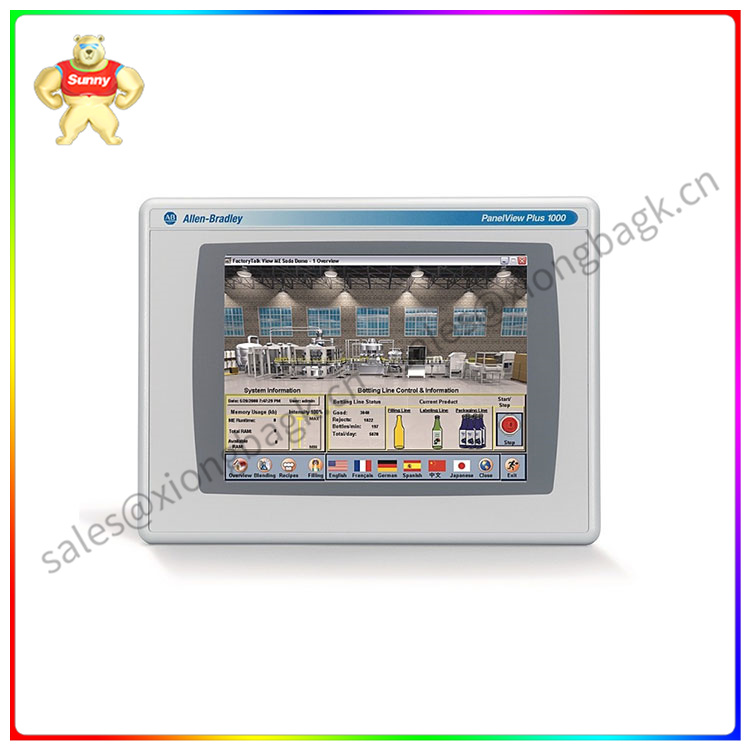Under the “double carbon” goal, more and more enterprises realize the importance of green and low-carbon products and services, and begin to set carbon reduction targets. Schneider Electric believes that enterprises need to establish a “full life cycle” concept of carbon reduction in order to reap both economic and social benefits, and full life cycle carbon reduction begins with “green design”. Product design not only determines its functional form and manufacturing process, but also determines the carbon emission process of the product in the whole life cycle. Schneider Electric’s unique and leading EcoDesign Way™ eco-design method integrates concepts and technologies such as energy saving, low carbon, health, environmental protection and resource efficiency from product development and design, systematically considers the impact of each link on resources and environment, and imparts green genes into products at the design end. Finally, the three major values of “minimizing energy consumption, minimizing ecological environmental impact, and maximizing resource recycling utilization” are realized.
The ComPacT NSX Plastic-case circuit breakers, TeSys GV2 series motor circuit breakers and Resi9 series micro circuit breakers included in the “Green Design Product List” are excellent practical results using Schneider Electric’s eco-design concept and program. In the selection of raw materials for the three series of products, the harmful substance content, recycling rate and environmental impact of the whole life cycle of various materials are fully considered, and environment-friendly materials that meet the control requirements of harmful substances are preferentially selected. In the green packaging and transportation link, the product packaging is made of recyclable materials; In terms of end-of-product disposal optimization, the end-of-life end-of-product disposal instructions are provided, and the material category, recycling rate and recommended recycling measures of the product are explained to increase the recycling rate of valuable waste resources. It is worth mentioning that the renewable utilization rate of Resi9 micro circuit breakers can reach 100%[1], and the renewable utilization rate of TeSys GV series motor circuit breakers and ComPacT NSX plastic-case circuit breakers can reach more than 95%.
As a pioneer in the field of green design, Schneider Electric has long introduced environmental and ecological concepts into the entire life cycle management of products, and has continued to deepen the layout. As early as 2008, Schneider Electric

2711P-T10C4D8
independently designed and developed the Green Premium product eco-label, and the products awarded the eco-label meet or even better than the world’s most stringent environmental compliance requirements, as well as the requirements of relevant Chinese laws and regulations. The PEP ecopassport report discloses the environmental footprint of the product throughout its life cycle, helping users to obtain comprehensive product environmental information more easily. In 2019, Schneider Electric’s Global Green and Energy Saving Design Center was settled in Xi ‘an, further advancing its sustainable development capability. In 2022, Schneider Electric will join hands with the Institute of Urban Environment of the Chinese Academy of Sciences to build a Green and low-carbon Design Innovation Center. Focusing on green design and low-carbon R&D innovation, the two sides will carry out high-quality production and research cooperation, resource sharing and synergy, and accelerate the improvement of the green design system and the landing of green design innovation achievements through the effective interaction between ecological design standardization and scientific and technological innovation.
Standards are the best driving force to promote industry innovation and development. While continuously deepening its own green ecological design concept and capabilities, Schneider Electric has also been deeply engaged in the construction of green standardization in the industry for many years. By 2022, it has actively promoted the formulation and release of 13 eco-design and green design product standards, and 4 low-carbon, LCA evaluation, circular economy and hazardous substances standards. In addition, Schneider Electric also works with the standard Committee and certification bodies to jointly promote the carbon footprint accounting standards of low-voltage products, in order to further promote the reduction of product carbon footprint and the green and sustainable development of upstream and downstream enterprises in the industrial chain, and inject internal impetus.
Guoguo Liu, head of Schneider Electric’s Global Green Energy Design Center and an environmental expert at Edison, said: “Green design is an effective way to implement carbon reduction and sustainable development. Schneider Electric always adheres to the product design concept of “low carbon sustainability” as the core, and measures its impact on the environment from the perspective of the whole life cycle of the product. This year, it was once again shortlisted in the list of green design products of the Ministry of Industry and Information Technology, which is a high recognition of Schneider Electric’s green design practice and landing results. In the future, we will continue to give full play to the advantages of our technology and experience, implant more powerful green genes into our products, and contribute to the green and low-carbon development of the company and the ultimate achievement of the ‘double carbon’ goal.”
 中文版
中文版




